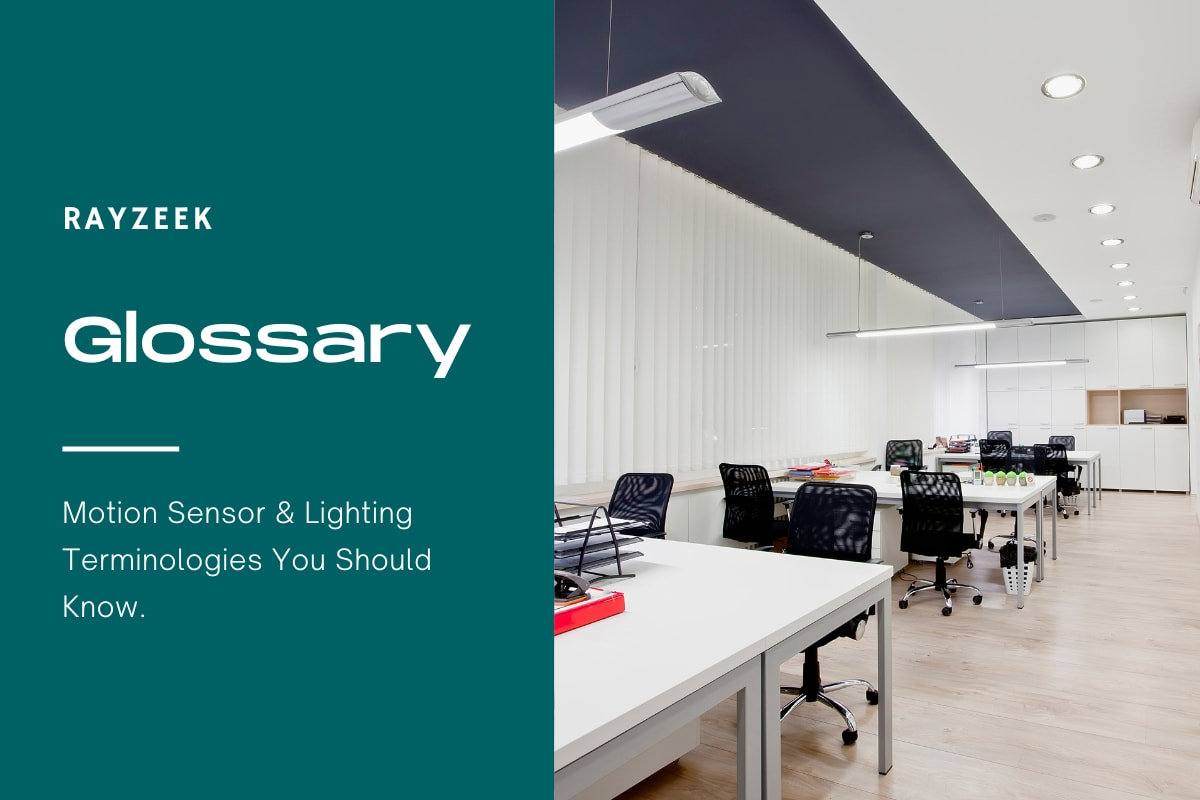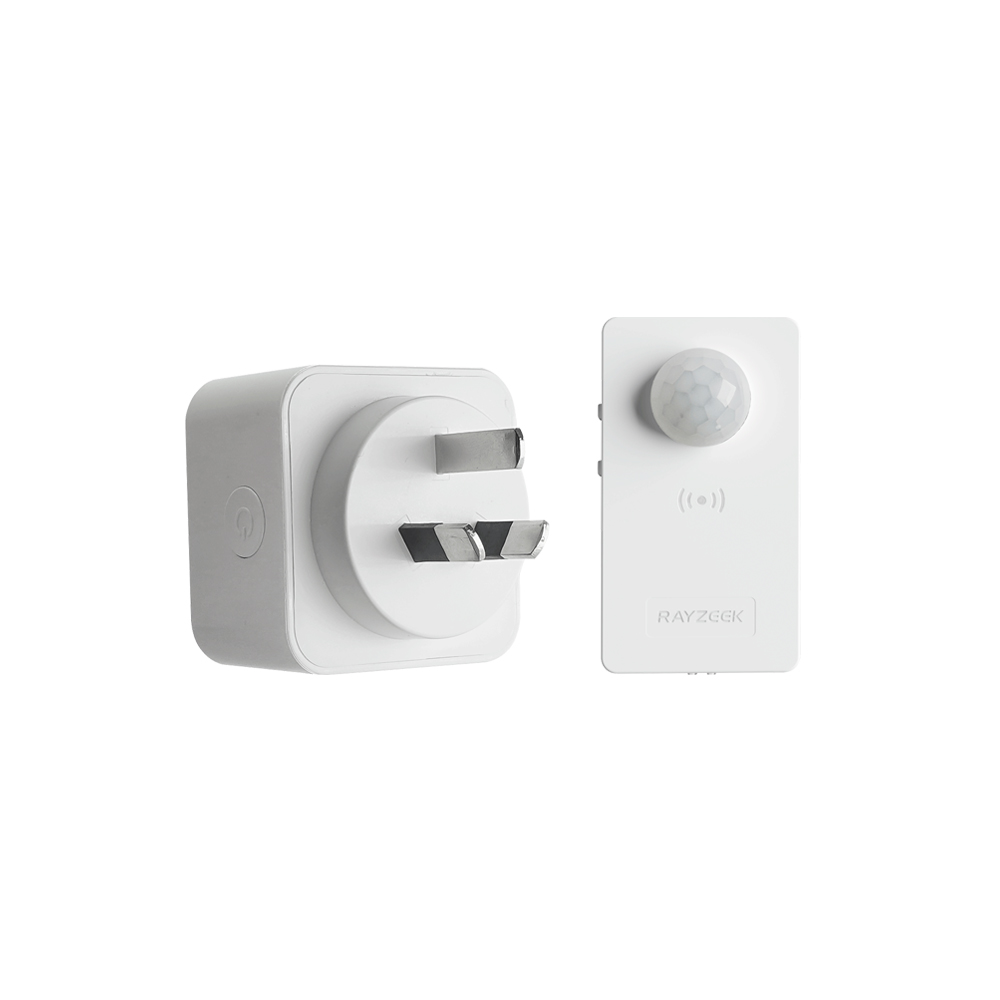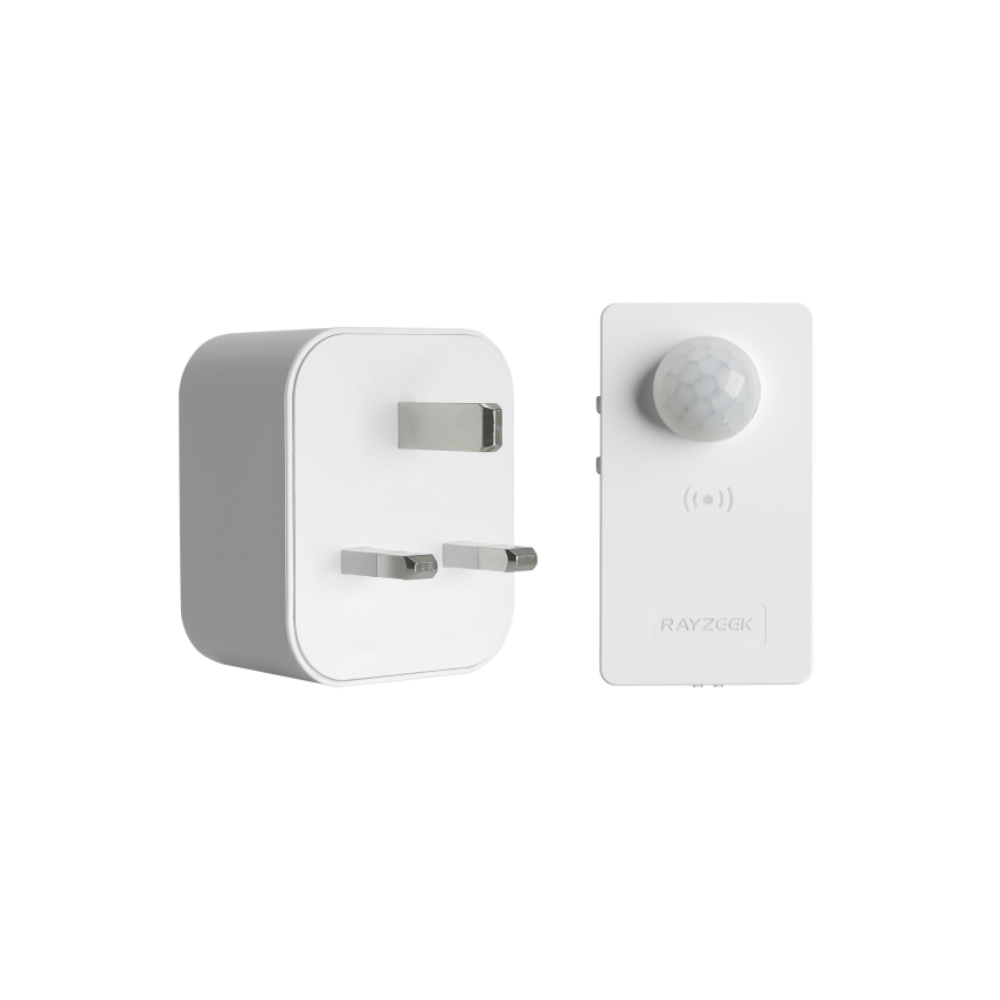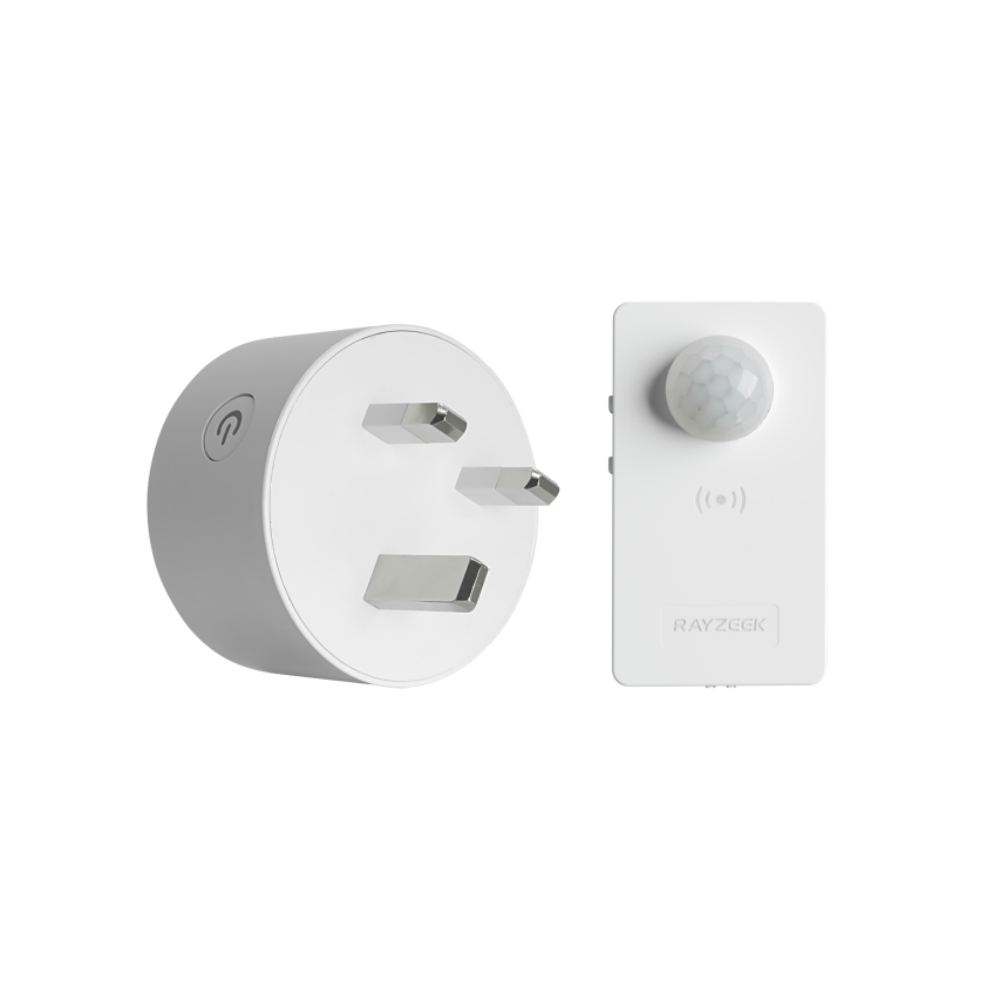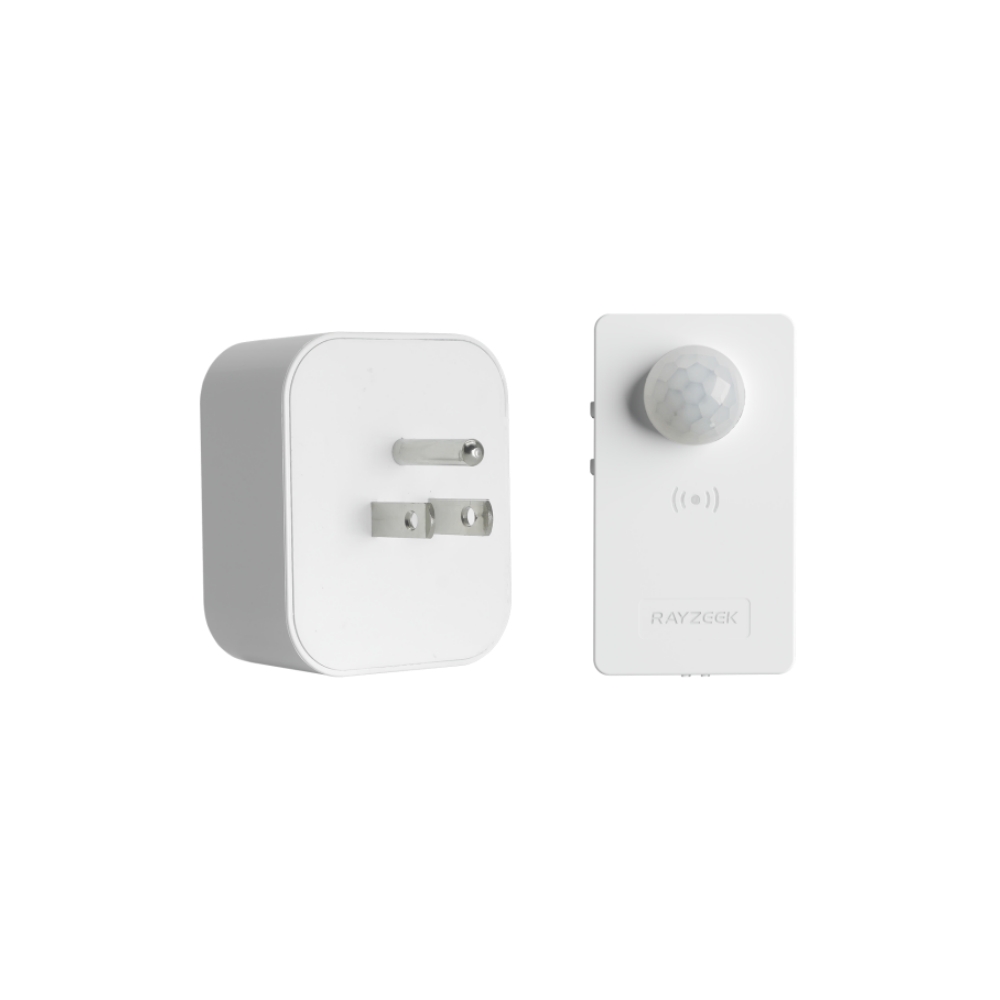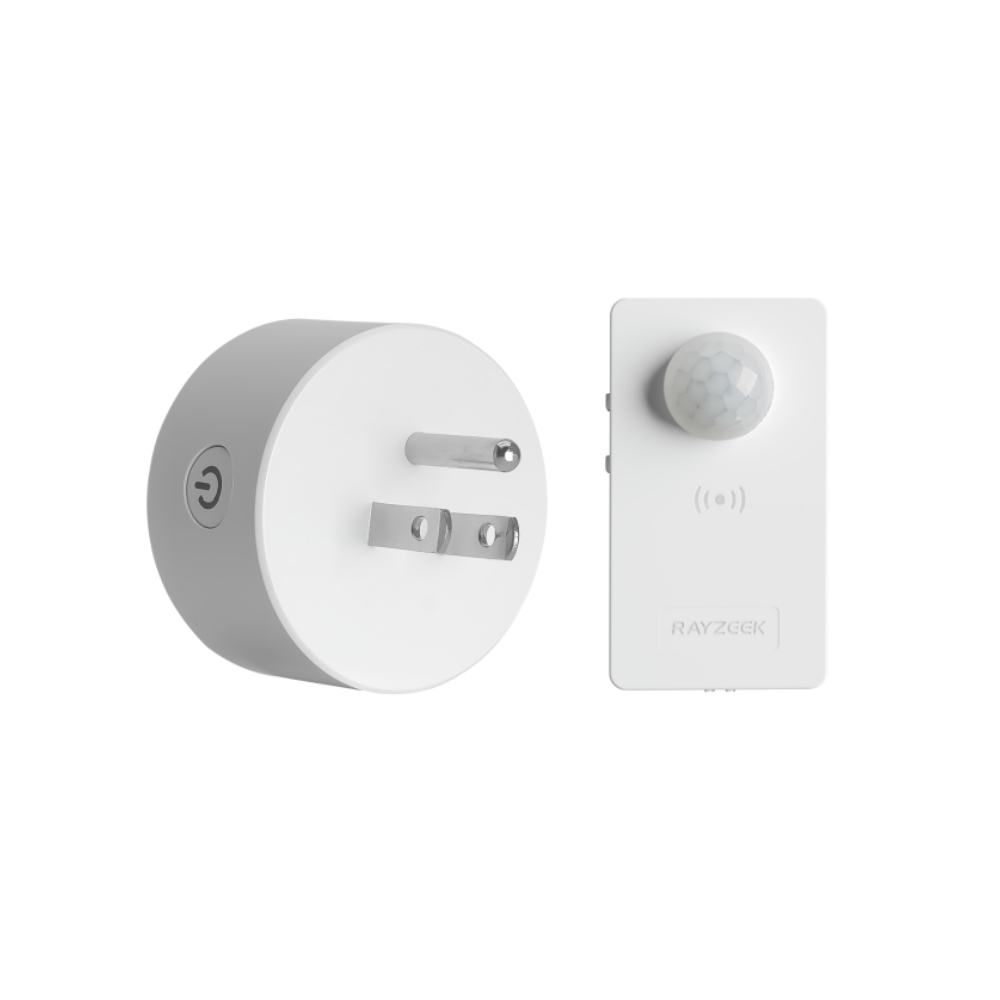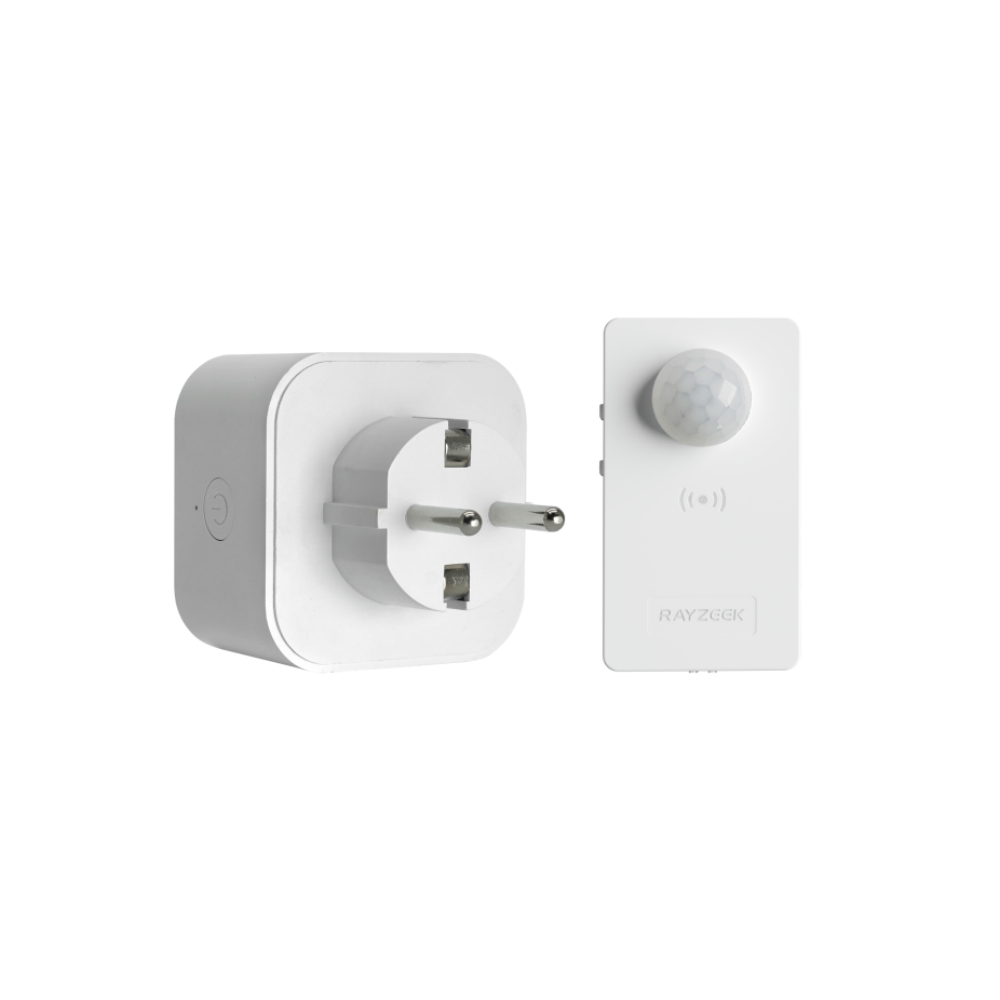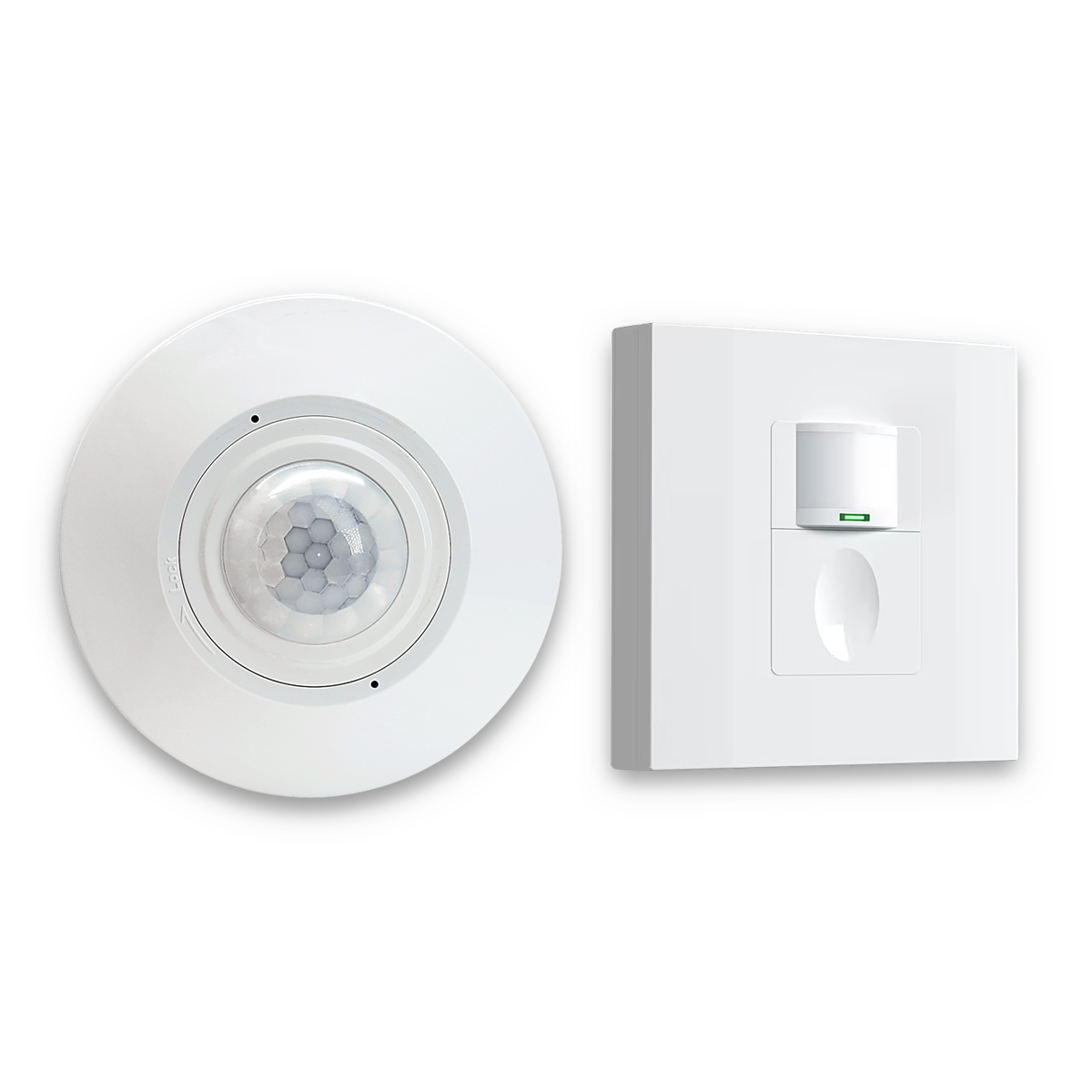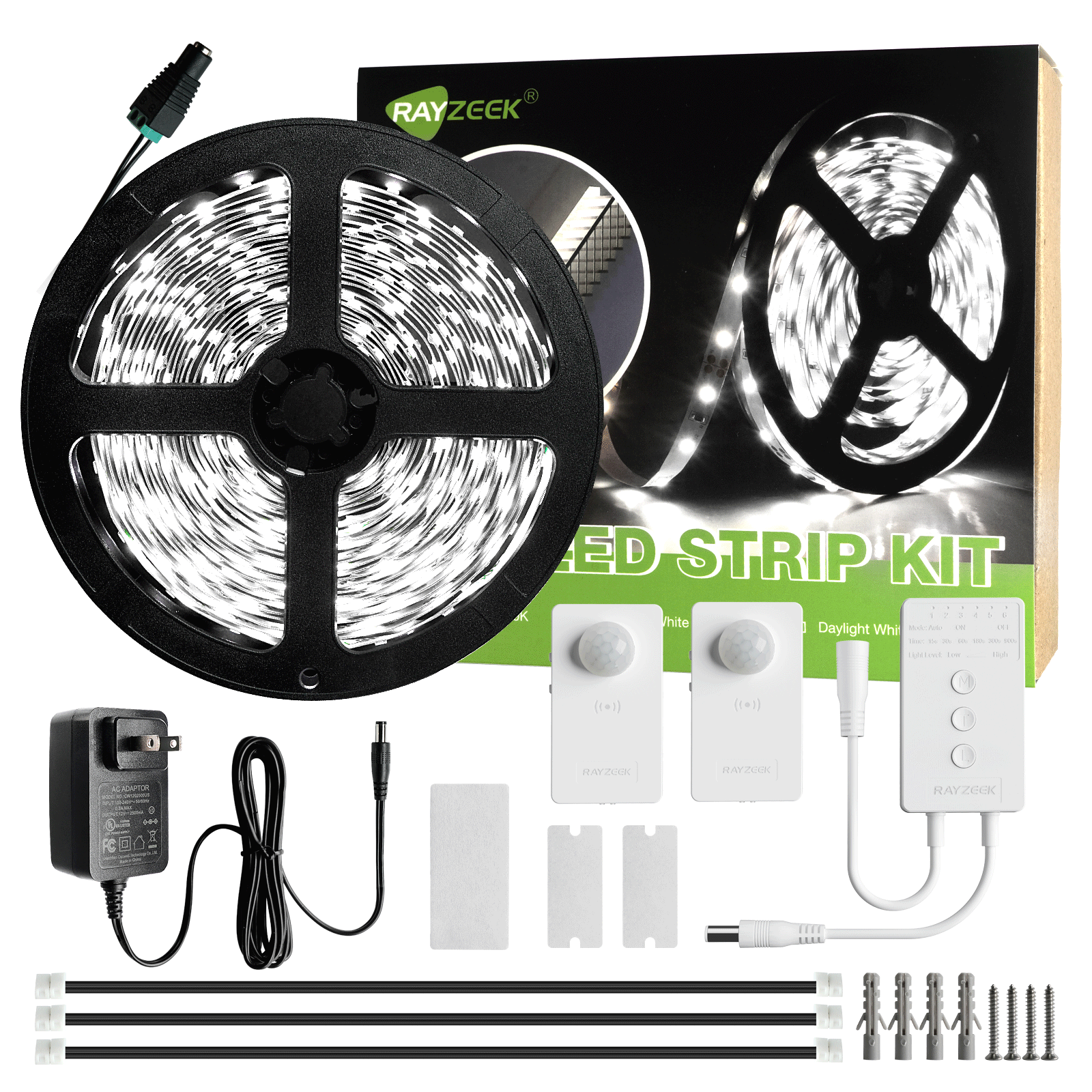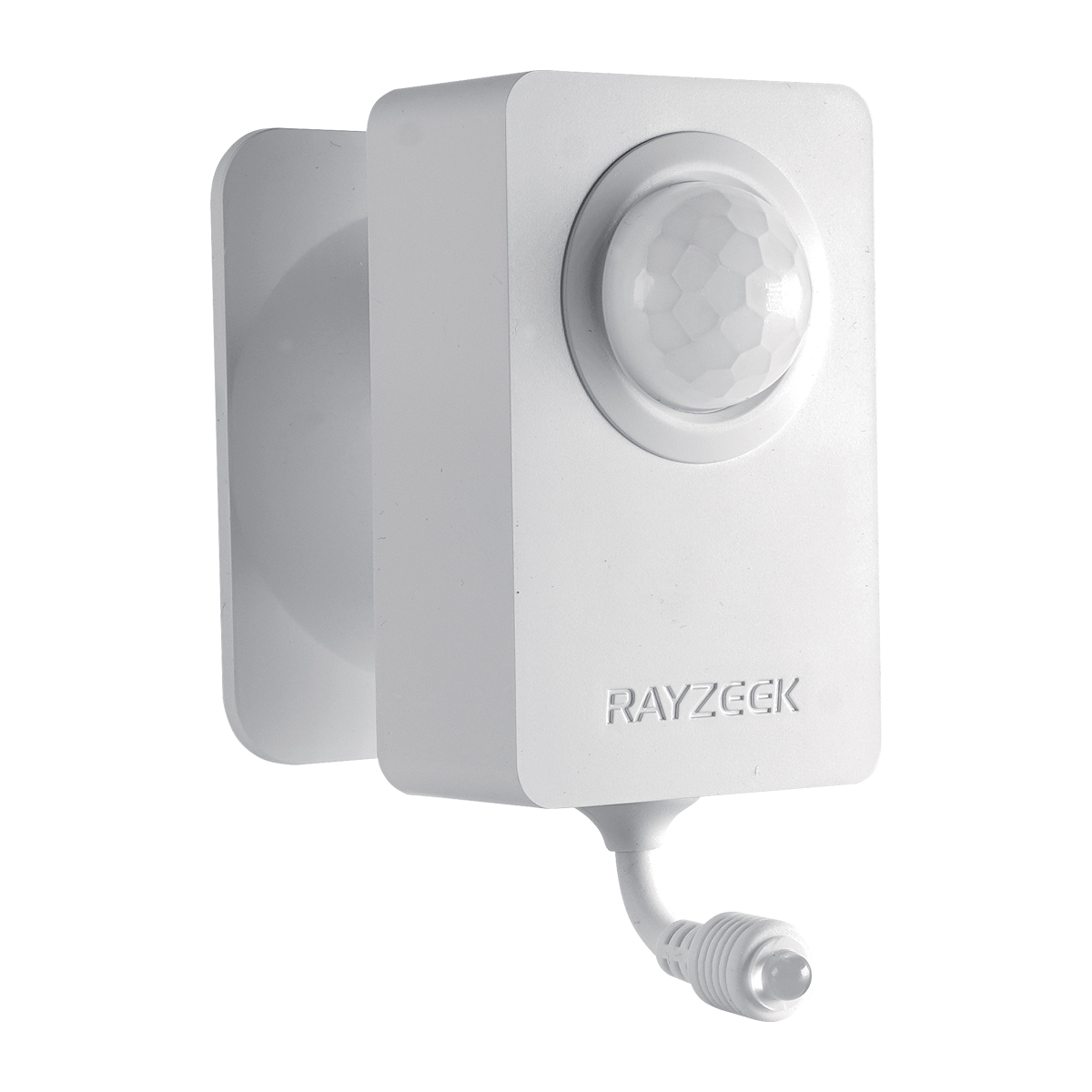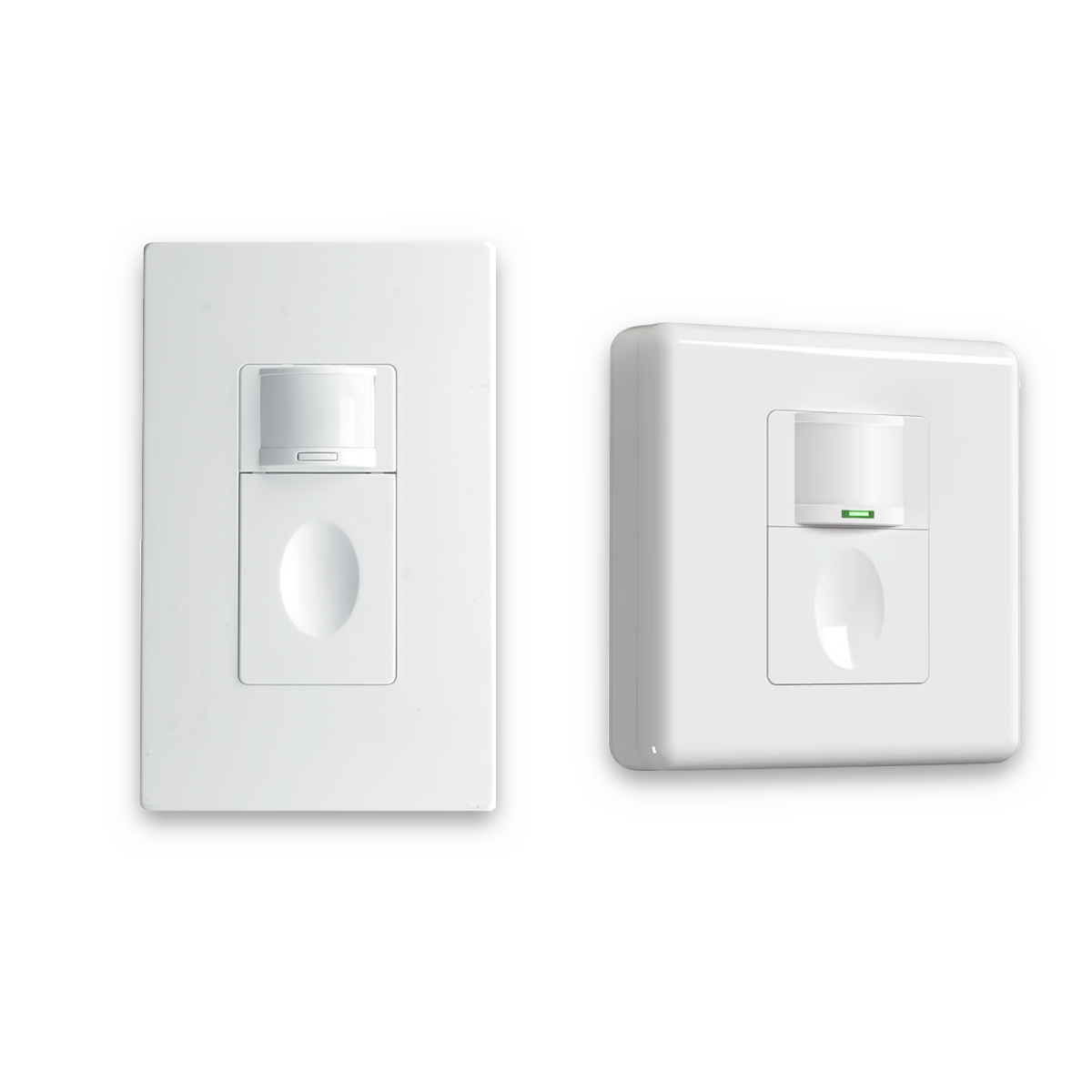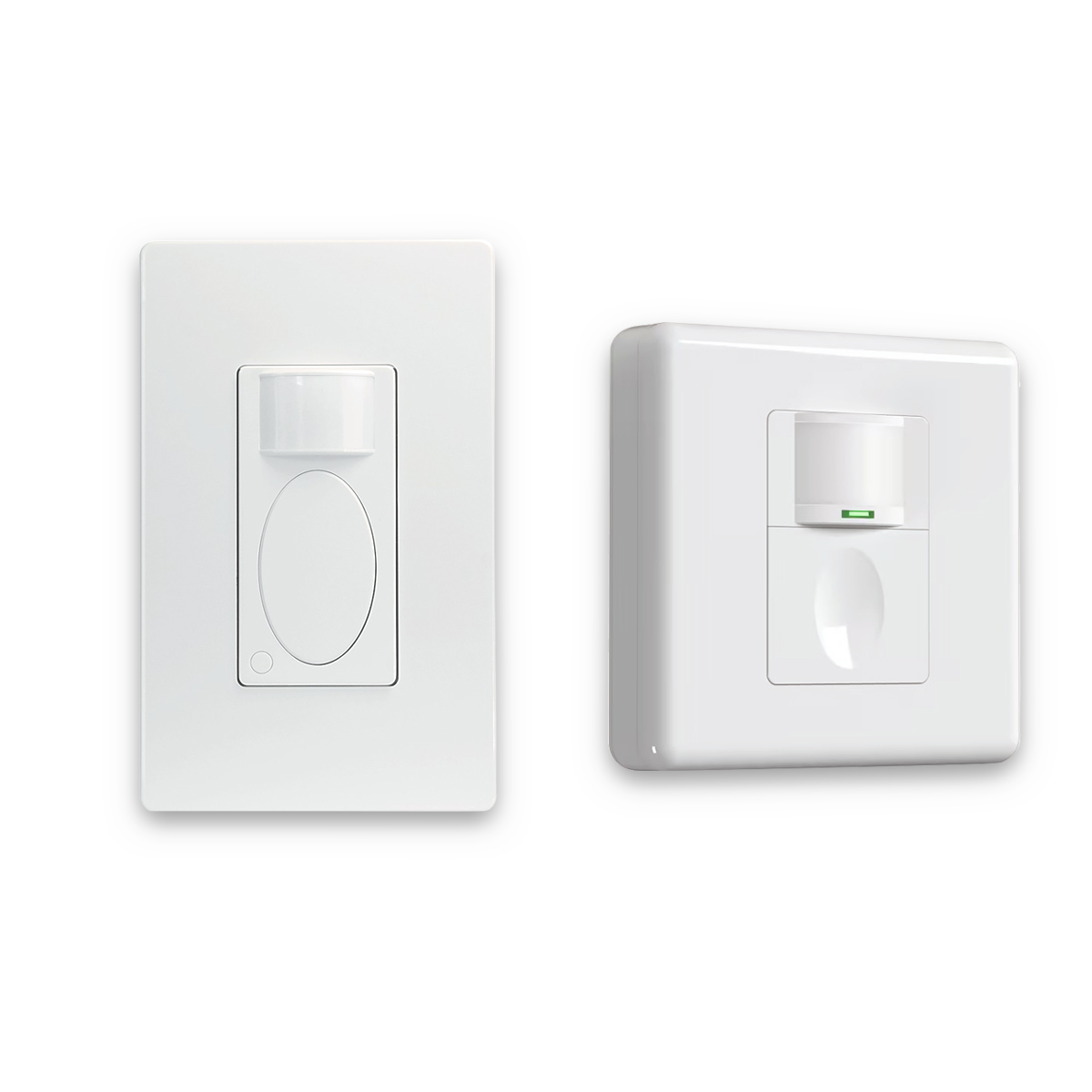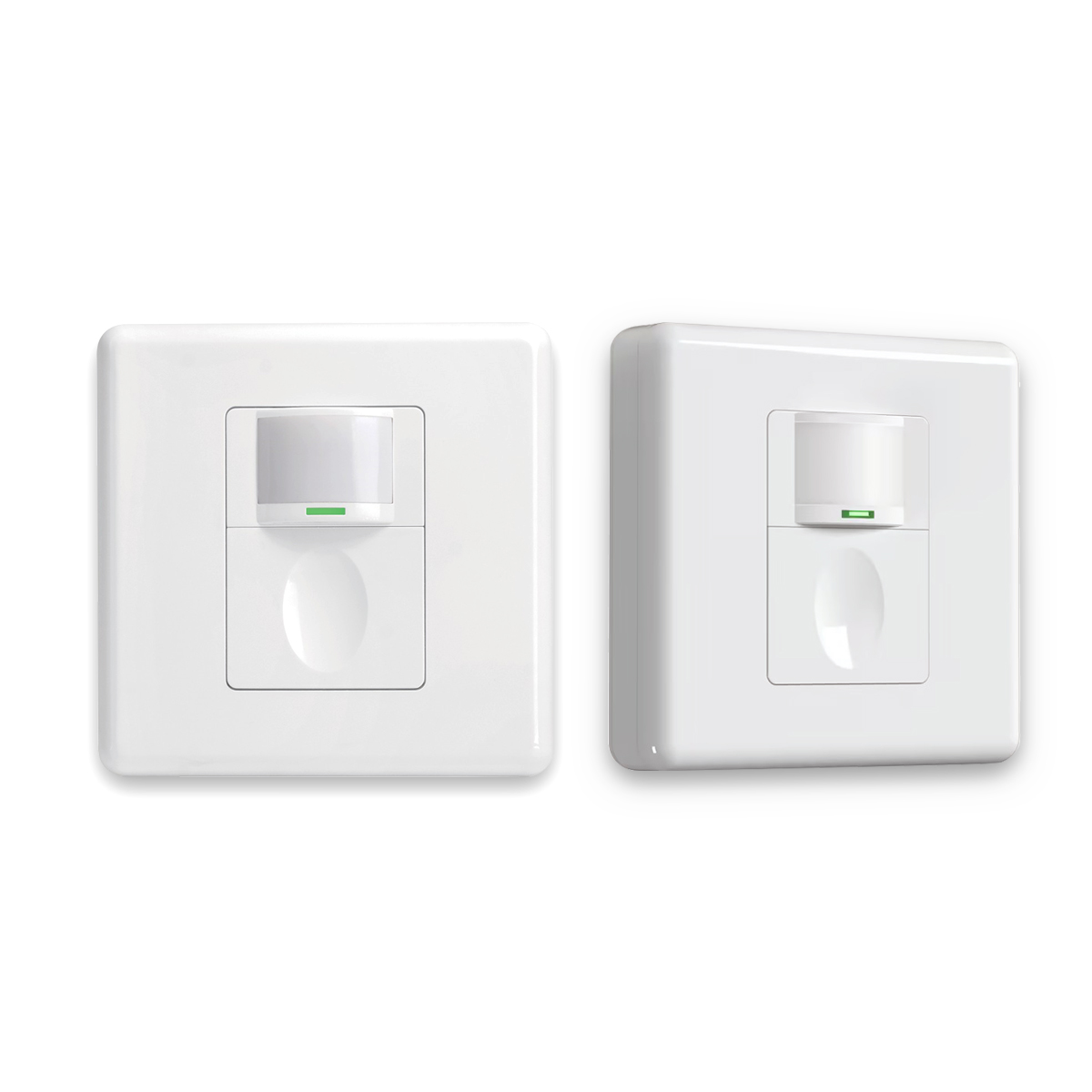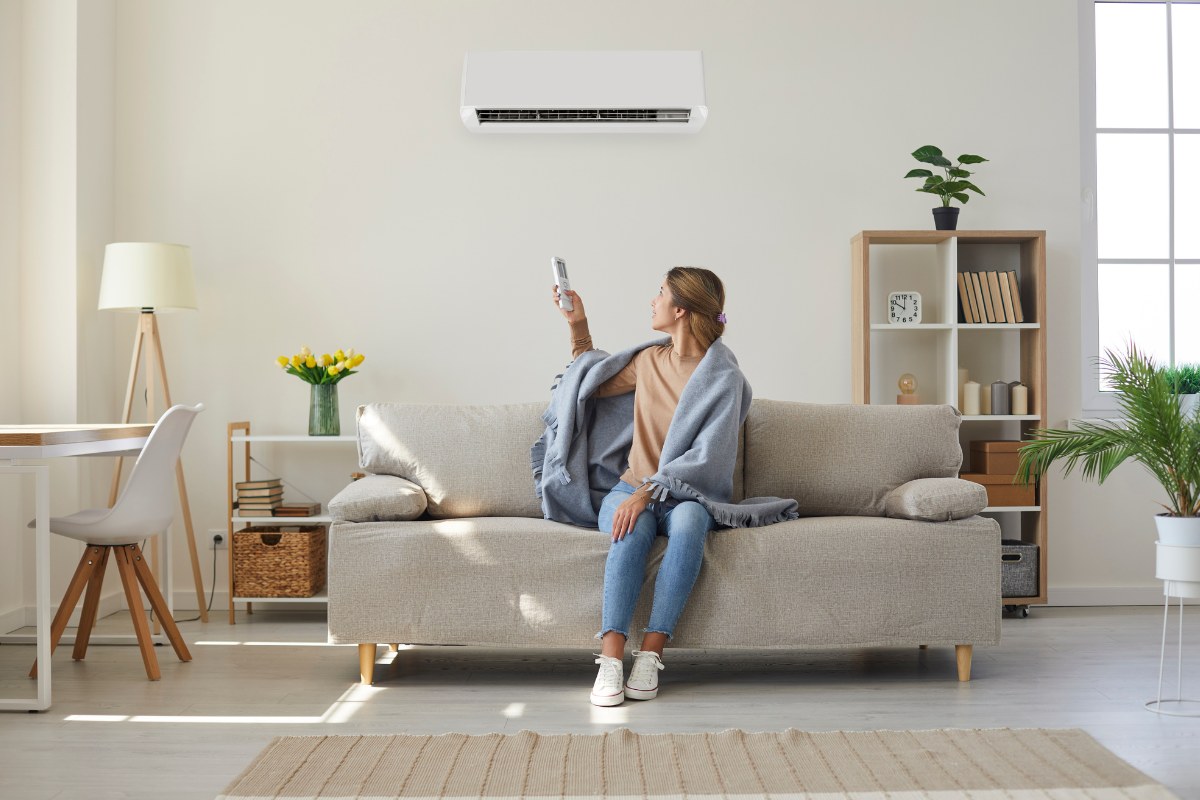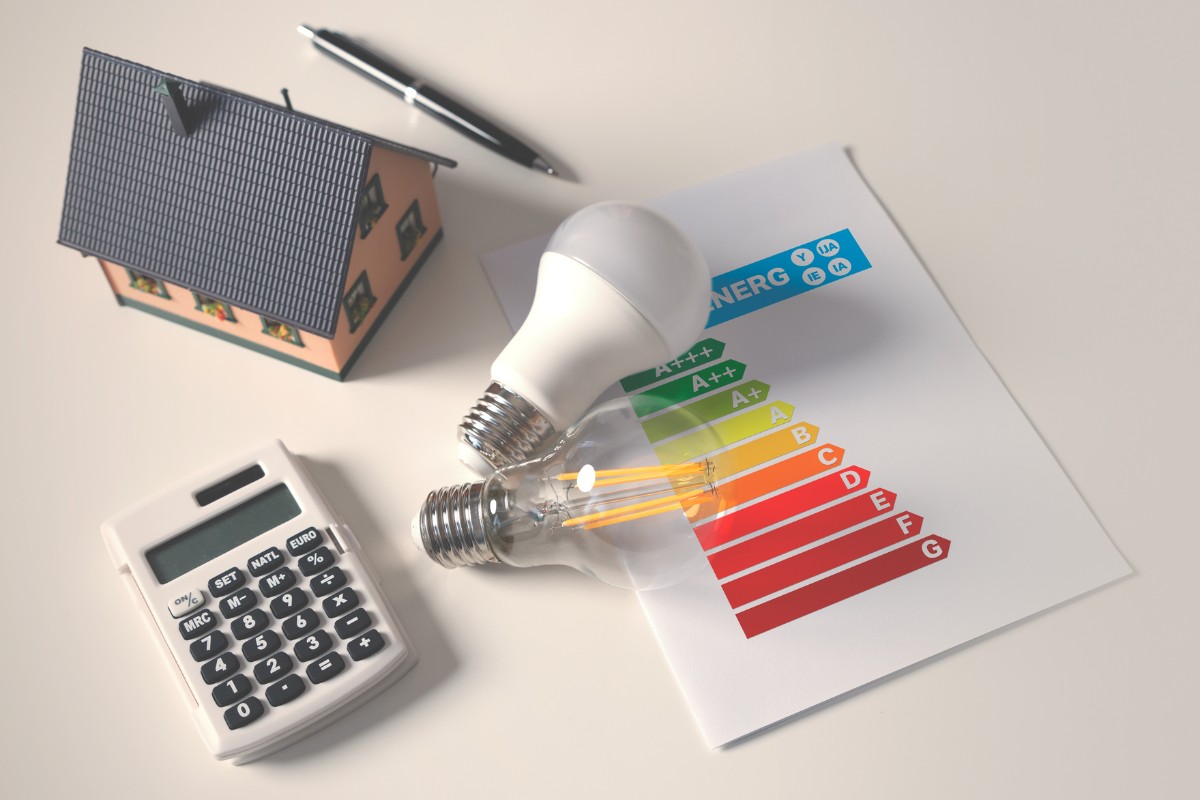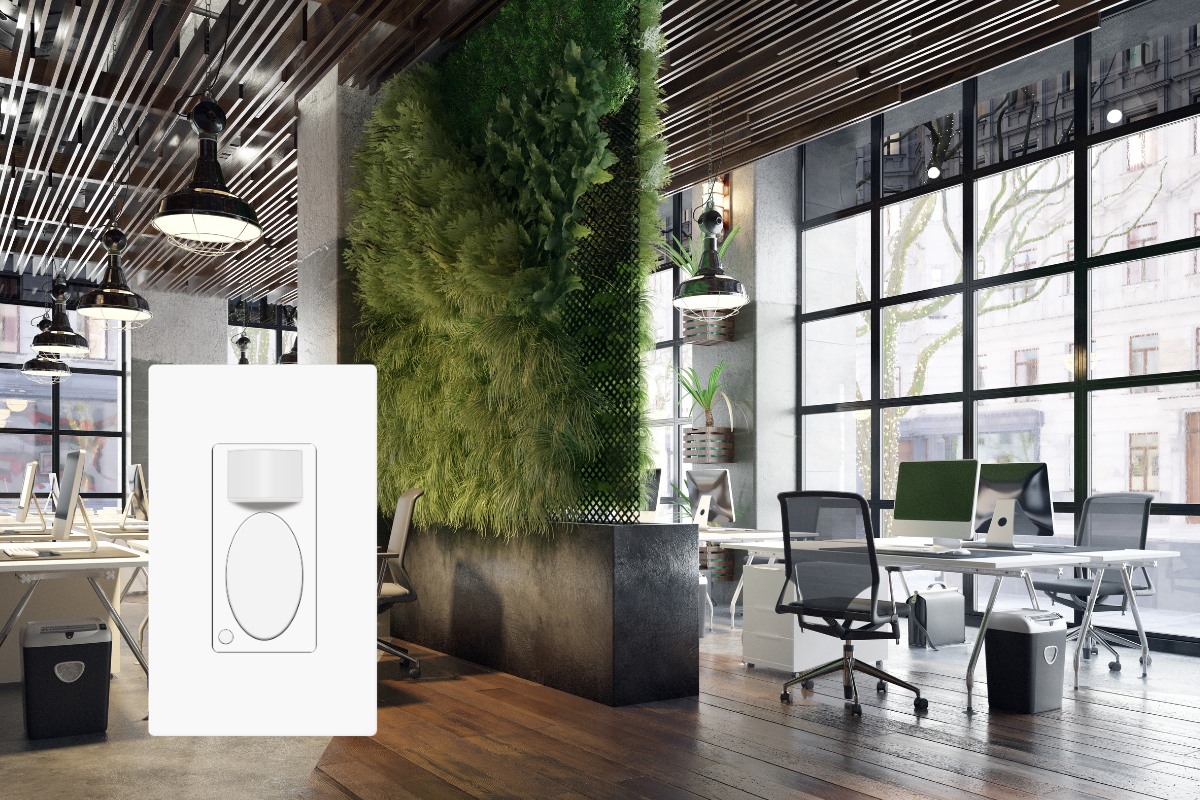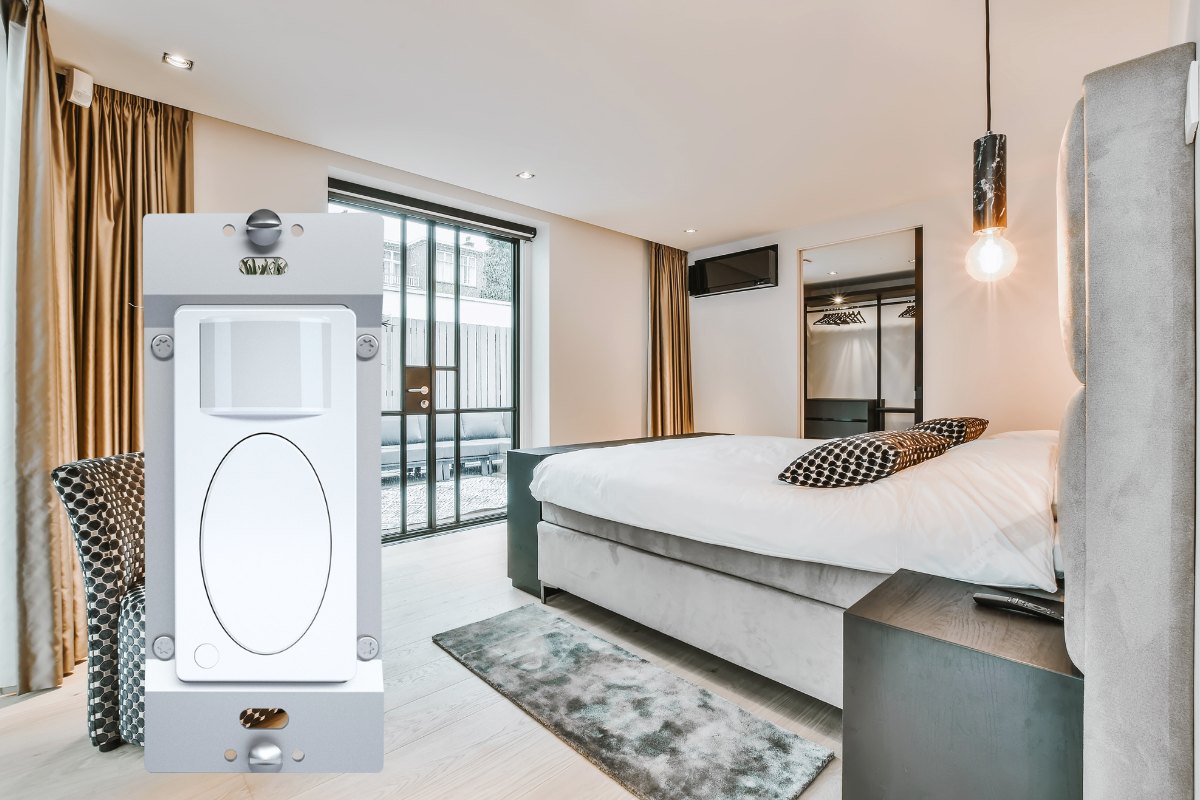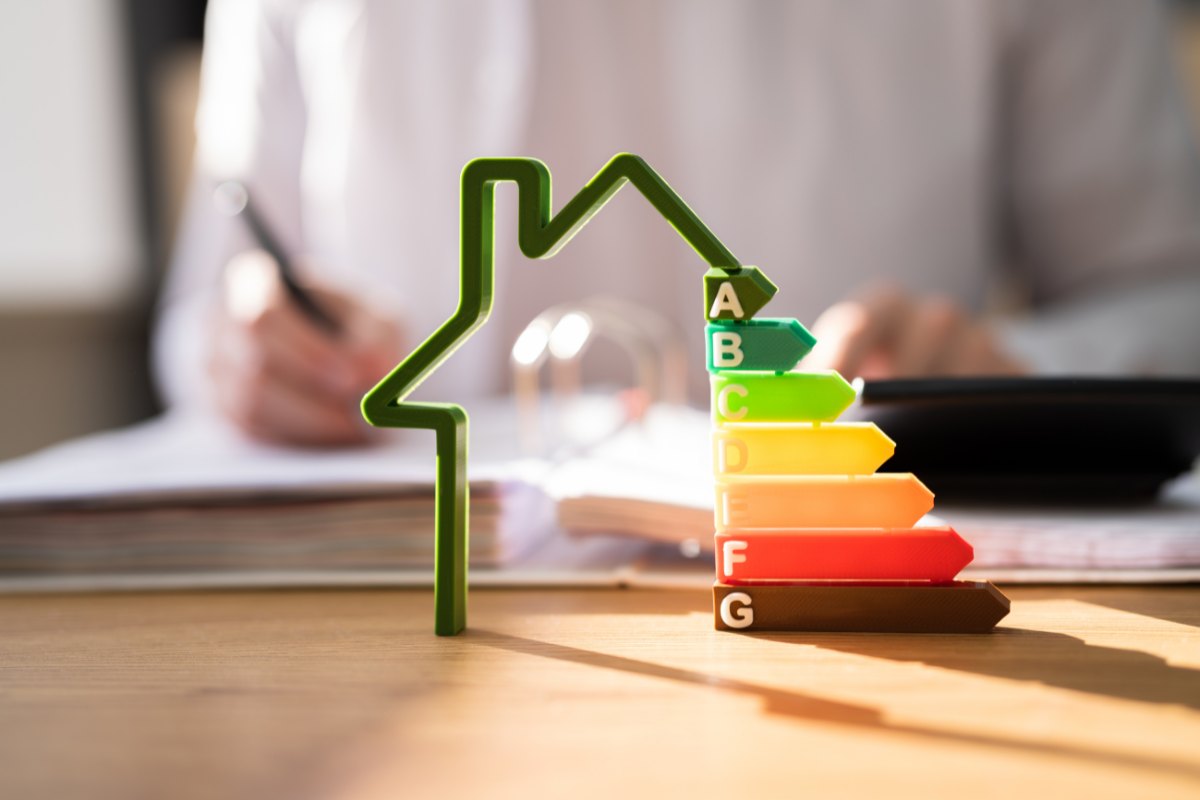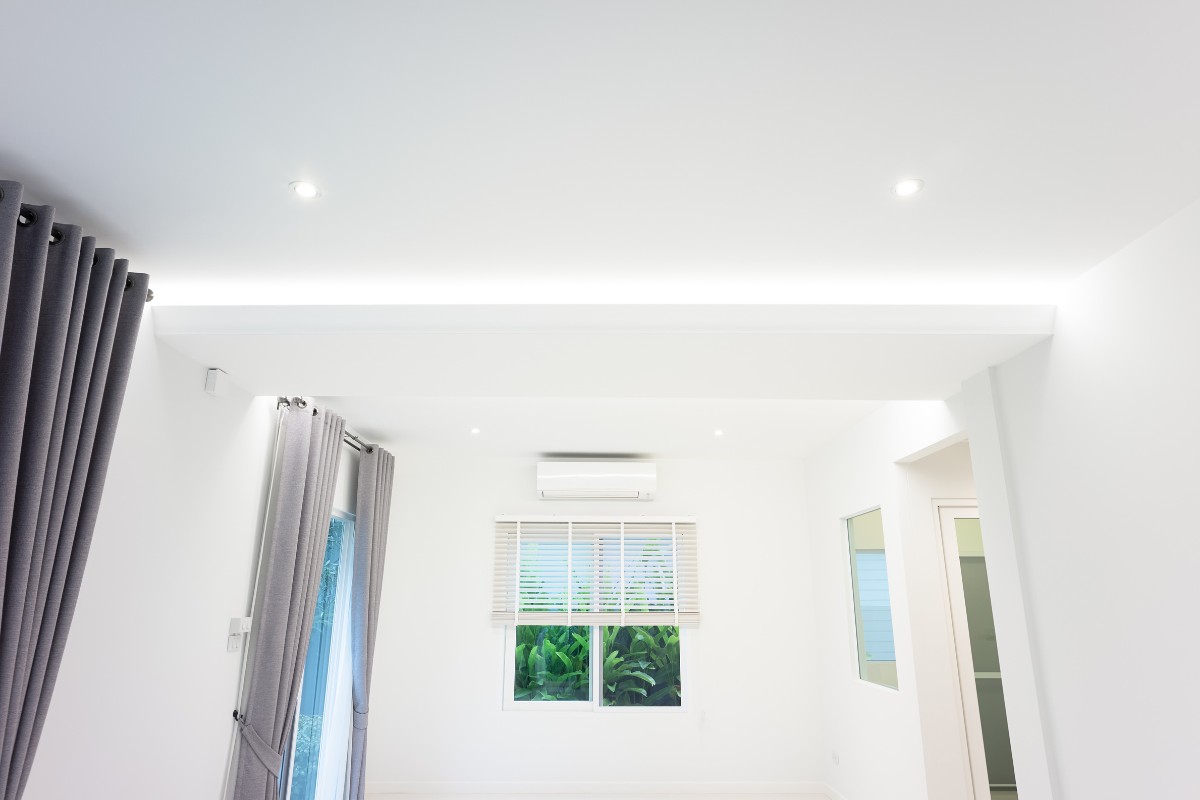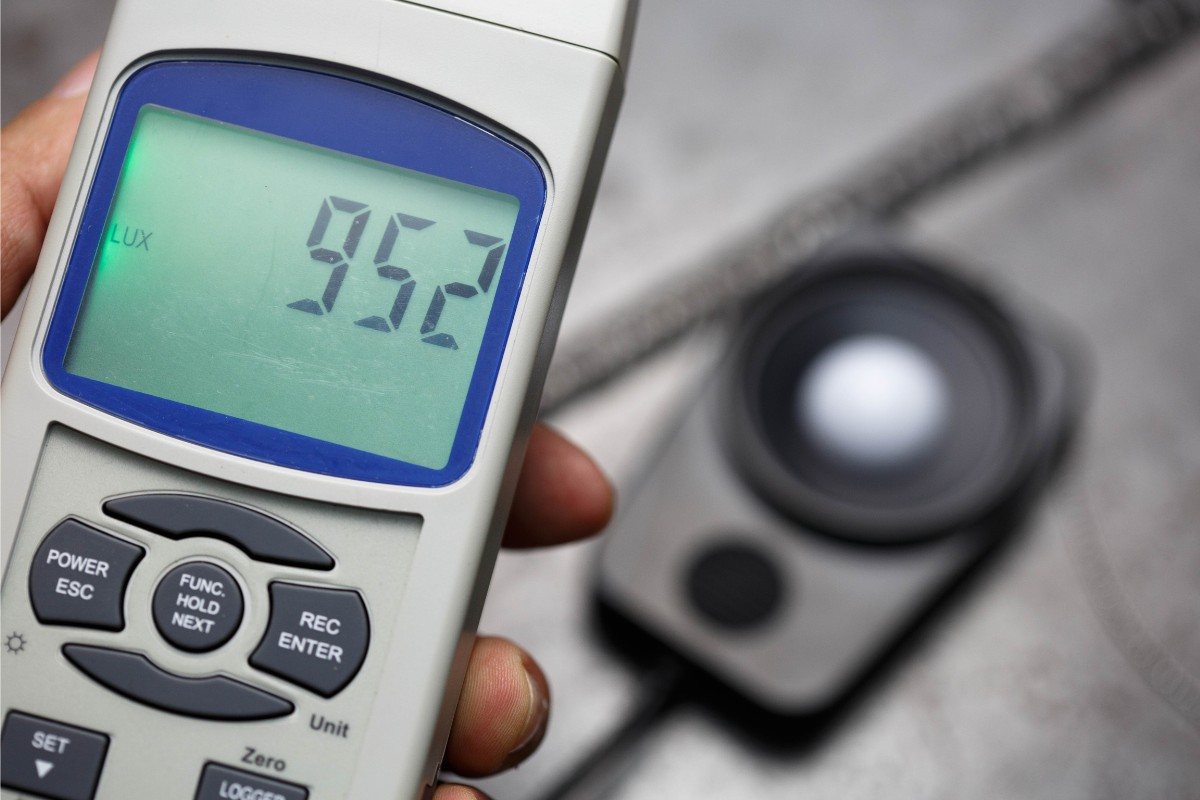What is Fixture Efficiency
Fixture efficiency measures how effectively a lighting fixture converts electrical energy into visible light. It is a crucial metric used in the lighting industry to evaluate the efficiency of a lighting fixture in terms of its ability to produce light output while minimizing energy losses. This efficiency is typically calculated by dividing the luminous efficacy, which is a measure of how efficiently a light source produces visible light, by 683 lm/W, representing the maximum value of luminous efficacy that a light fixture can achieve.
Several factors can impact fixture efficiency. One such factor is the loss of generated light due to absorption. If a light fixture is located in an enclosed space surrounded by dark materials or walls, the light generated by the fixture may be absorbed, resulting in lower efficiency. To improve efficiency, it is recommended to apply white materials in buildings or rooms as they reflect or scatter most of the light instead of absorbing it, minimizing energy loss. Another factor that can affect fixture efficiency is the performance of the power supply. The context suggests that high-frequency switching in the power supply can reduce energy losses to only a few percent, requiring less power for the same level of illumination. This implies that the efficiency of the power supply can directly impact the overall efficiency of the light fixture.
Maybe You Are Interested In
Frequently Asked Questions
What Is the Least Efficient Lighting
Incandescent bulbs are considered to be one of the least efficient lighting options due to the fact that they dissipate most of their energy as heat rather than light. In comparison to longer-lasting LED and CFL bulbs, incandescent bulbs typically have a lifespan of about 750 hours.
How Is Lighting Efficiency Measured
The measurement of lighting efficiency is commonly done through luminous efficacy, which calculates the brightness of light produced by light sources, taking into account the sensitivity of the human visual system to different wavelengths of light.
What Color LED Is Most Efficient
The most efficient LEDs have high correlated color temperatures (CCTs), typically above 5000K, resulting in a “cool” bluish light. However, warm white LEDs (2600K to 3500K) have made significant advancements and are now approaching the efficiency of CFLs.
Which Light Bulbs Use the Least Electricity
LEDs are a type of light bulb that consume significantly less electricity, up to 90% less, compared to traditional incandescent bulbs. Additionally, LEDs have a much longer lifespan, lasting up to 25 times longer than incandescent bulbs.

